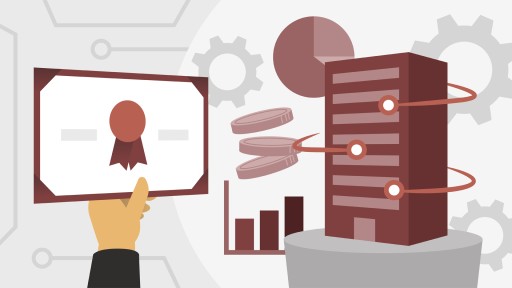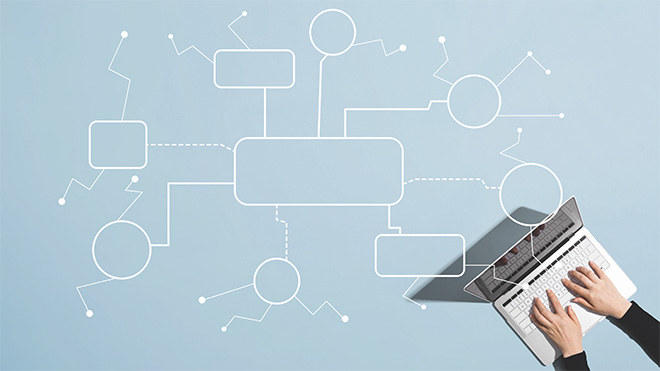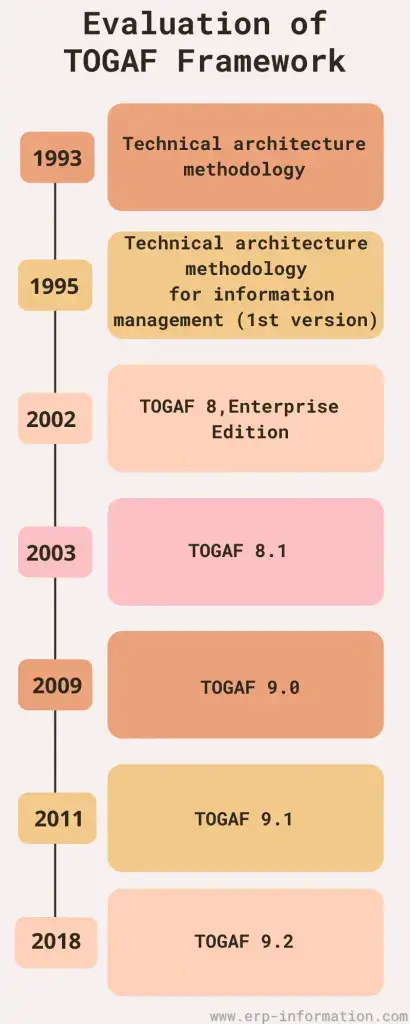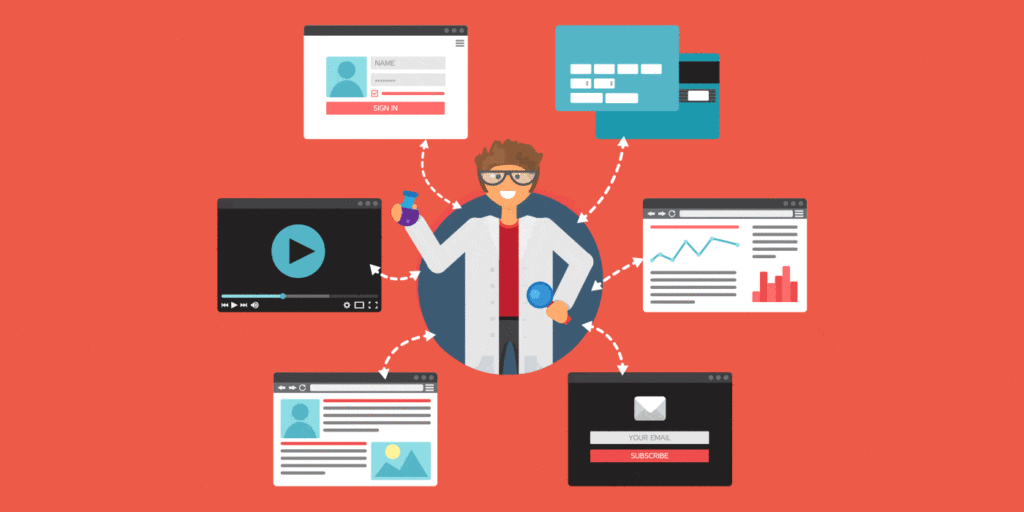
The TOGAF® Standard, 10th Edition, builds upon its predecessors and broadens the resources available to architecture practitioners, making the adoption of best practices more accessible. Therefore, it stands as today’s reliable, scalable, and best-practice framework.
Applicable to all Enterprise Architecture practices, the TOGAF® Standard is versatile. Though your architecture supports strategy, portfolio, project, or solution delivery, or you are embarking on Digital Transformation or legacy simplification, the TOGAF Fundamental Content and TOGAF Series Guides offer enduring, stable, universal concepts, and proven best practices.
TOGAF® Standard and EA Practitioners
For Enterprise Architects, the TOGAF® Standard offers an integrated, holistic perspective of an organizational landscape. Certainly, this facilitates strategic decision-making by providing best practices for adopting business and technology trends.
TOGAF® Standard and EA Consultants
The TOGAF® Standard offers consultants a modular, and scalable framework. Basically, the TOGAF standard facilitates organizational transformation across various use cases and architecture styles.
EA Tool Vendors
For tool vendors, the standard serves as a reference model for architecture views, deliverables, and an Enterprise Architecture repository. Additionally, it includes the TOGAF® ADM and governance framework, supporting the practice in an automated manner.
EA Trainers
For authorized trainers and TOGAF certification candidates, the TOGAF Certification Program is globally acknowledged. Because it is crafted to offer current and pertinent practices that showcase proficiency in the TOGAF Standard and the TOGAF Body of Knowledge.
Check out our link on Managed Learning Services here. Meanwhile, if you aim to have proper training, you can visit our link on Training Subscriptions here. Then, do check our courses offered for TOGAF® here.
Enterprises
The TOGAF Standard, recognized as the most widely adopted Enterprise Architecture (EA) standard, offers proven EA practices. So this equips EA teams across all industries and sizes with the tools to effectively structure and align their EA efforts.
Here at CourseMonster, we know how hard it may be to find the right time and funds for training. We provide effective training programs that enable you to select the training option that best meets the demands of your company. Should you have any questions, check our competent team here.
For more information, please get in touch with one of our course advisers today or contact us at training@coursemonster.com
